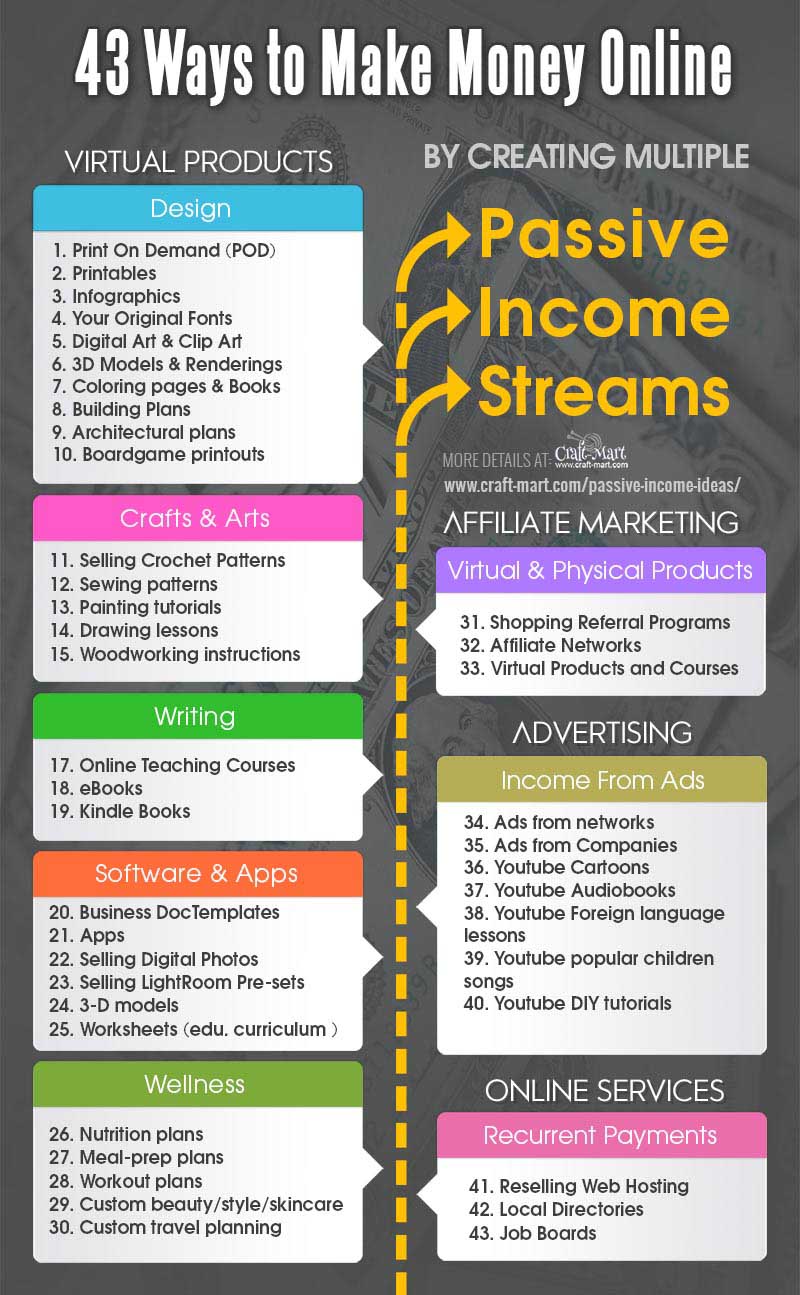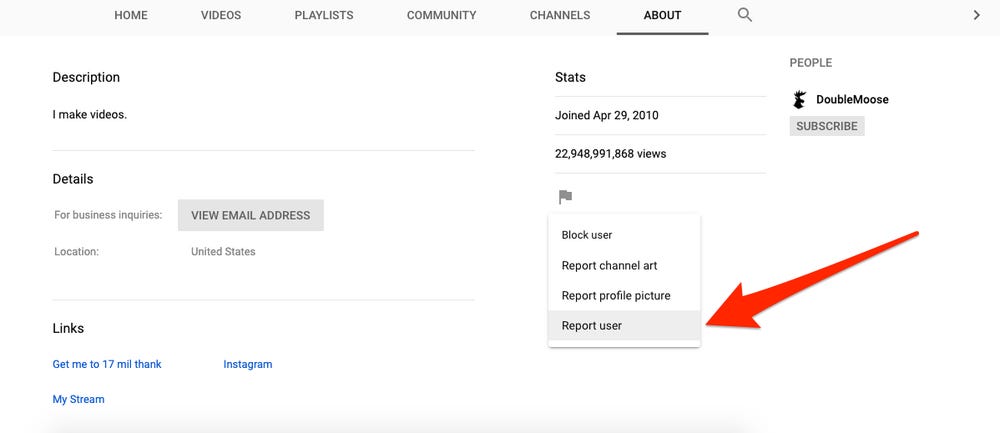
You have now decided to develop your own digital marketing strategy. What's next? What's next? This article will help you navigate the different steps, starting with choosing your channel and researching your audience. This article will show you how to create customer journeys and split-test your strategy. Once you have this information, your brand will know if it is working. If you don't, you're not alone. There are many other businesses asking the same questions: "How do you start a digital advertising strategy?"
Researching your audience
Research your audience is key to creating a digital marketing strategy. This can be done through quantitative research. This involves surveying large populations and producing statistical results. You can create an email campaign to target a specific audience by identifying their interests and pain points. You can also review their purchase history to determine if they have changed their purchasing habits. You can then target your marketing message to specific audience segments.
To create a successful digital marketing strategy, you need to understand your audience well. If you don't do enough research, you won't know what your audience wants and needs. Luckily, research can help you identify those issues and develop personalized content for them. Doing research will allow you to anticipate their needs and help you market more effectively. Here are some suggestions for researching your audience.
Interviews: You can use surveys to better understand your audience. Emailing existing customers is a great way to get feedback from them and conducting interviews. These surveys will give you valuable information on what makes your audience tick. Then, you can create your digital marketing strategy accordingly. It is important to research the audience. However, it is also crucial to create a compelling digital marketing campaign. This way, you'll be able to engage your audience and increase sales.
Segmentation: This allows you to target your audience by understanding their lifestyle and preferences. Segmentation allows you to communicate more effectively with your target audience and make it easier for them to engage in meaningful ways. Adidas sent a separate email for women while the clothing label categorised their audience by gender. The vast majority of customers buy jeans and a survey asking them to rate the retailer would yield an average score of 8/10.
Choose the right channels
The key to promoting your product/service is choosing the right digital marketing channels. Your primary objectives, target audience and budget should all play a role in your decision. Different channels deliver different results. Be wise and choose which one works best for you. The types of content you want to share with your audience and the format of your ads will depend on which channels you use. Content marketing is still the best form of marketing. It will always be relevant. However, if your goal is to reach your audience, this technology must be used.

The goals of the business will dictate which channel you choose to use. Determine your long-term and short-term goals. Your long-term goal might be to increase revenue by 20% within the next two years. While your short-term goal might have you generating 400 sales qualified leads in six months or increasing website traffic to 70% by eight months, a shorter-term goal might be to increase revenue by 20% by 2020. To determine which channels are best for your business, identify both the short-term as well as long-term goals.
Analyze the effectiveness of every channel before you make a decision about which one to use. Each channel has unique strengths and weaknesses. It is important to identify the type of content you need for each channel as well as its cost. Before you decide to start using new channels in your digital advertising strategy, ensure that you have exhausted all your budget. Facebook and Twitter are great options for creating buzz.
Designing a customer journey
A customer journey plan is one of the key elements to a successful digital marketing campaign. These maps map the customer's path from decision to action. The customer journey maps can be used to show customers the entire customer journey, from the first stage of a sales funnel to when they become loyal customers. You can also use the customer journey map to identify areas for improvement.
In a nutshell, a customer journey map represents a prospect's journey toward purchase. It is used by marketers to help them map the questions they ask as well as the pain points they encounter. The higher-funnel stages aim to create awareness and interest while the final stages focus on fostering brand loyalty. This begins with awareness. You can achieve this through social media, word-of-mouth, search engine suggestions or blogs.
After researching and learning about a brand, potential customers begin the information-gathering phase of the customer journey. They don't necessarily know you, but they do know what they want. In this phase of the Customer Journey, the brand should have content that helps customers make an informed decision. Customers can request a trial period for free to help them overcome any remaining hurdles in the buying process.
Marketing professionals can create a customer journey map that will allow them to target their ads by understanding what steps customers take in order to purchase a product or service. Each stage of a customer journey should be identified as a buyer persona. Marketers can tailor their marketing campaigns according to the goals of each stage by identifying these. A customer journey map is a tool that marketers can use to better understand their target audience. It identifies what motivates each customer's decisionmaking stage.
Split testing your strategy
Split testing can be used to improve the profitability of your digital marketing strategy. You can test headlines and page copy as well as button text, image, social media buttons, email marketing, and calls to action. Below are some scenarios that you could test. Split testing can be used to determine which marketing strategies will lead to increased sales and profitability. You must use the right size sample. Split testing should not be done less than once a month and should have a high confidence rating.
Split testing helps you identify which marketing strategies are performing well and where you need to make improvements to maximize their effectiveness. Split testing helps you monitor whether your online marketing strategy generates leads and brings in returns. Split testing lets you test out different versions of a website or specific elements. Split testing can help you determine whether your website is profitable. You can then make adjustments to your digital marketing strategy once you know which variants are generating more leads.

ClickFunnels allows you to test six different versions of the same advertisement. This makes it easy to come up with split-test ideas. Facebook is another good place to look for split testing ideas. Facebook offers many examples of Facebook ads. You can also copy these to see which ones work best. Split tests are possible by using landing pages. For example, moving your CTA below the fold increased conversions by 304%, while removing it from the landing page caused cart abandonment rates to decrease by 33%.
Split testing is an important part of conversion optimization. Split testing involves splitting traffic into two groups: the variant and the control group. Split testing allows traffic to be split so that half of the traffic sees the control version and half the variant version. In a multivariate test, you divide the traffic into equal segments and show one version of the variant to each group. Split testing can improve your digital marketing strategy, and you'll be amazed at the results!
Measuring its success
Measuring the results of your digital marketing strategy is a key step in creating a successful one. You can do this through a number of ways, including monitoring the number of visitors who have converted into buyers. Another way to measure effectiveness of a campaign is by using other metrics, such as how many pages were viewed. These metrics can help you determine the success or failure of a campaign depending on your target audience and to evaluate the effectiveness of an individual marketing initiative.
You need to measure the success or failure of your digital marketing strategy by tracking key performance indicators. KPIs are quantifiable metrics used to track the performance of your marketing team against a set goal. These targets can be high-level or low-level. These KPIs are useful in identifying the success of a campaign, as they provide a specific level of accuracy that can be used as a guide for future campaigns.
It is also crucial to establish specific objectives for measuring your digital marketing strategy. How many people visited your website? Do you encourage purchases? Are your email marketing campaigns generating more business? Are you getting new business? How many people read your email and purchased? These are just two examples of what you must track to ensure your digital marketing strategy succeeds. Ultimately, it will all depend on your objectives, your goals, and your digital marketing strategy.
FAQ
SEO is link building still relevant?
Link building will always be necessary, but how you approach it now is different from how people did it 10 years ago. Finding customers and making sales is today's greatest challenge for any company. That's where search engine optimization comes into play.
Businesses need to be active on social media. Content marketing strategies are essential as well. Google penalizes websites with too much backlinks, so link building seems less effective. This is because linking to multiple sites can lead to Google penalizing you.
These factors all mean that link building is no longer as important for ranking your website.
How long does it take for SEO to generate traffic?
Traffic generation through SEO usually takes 3-4 months. But, this depends on many factors, including:
-
High quality content on your site
-
Backlinks
-
Targeted keywords
-
Competitor rankings etc.
SEMrush offers a free trial for those who are new to SEO. They provide a powerful platform that allows you to monitor all aspects of your SEO campaign, including competitor research, backlink profile, top pages, local listings, organic traffic stats, reports, and more.
Where can I find my keywords?
To find standard terms for your products or services, you will need to first consider the kind of products or customers you are offering. Once you have a list of phrases, you can use Google Keyword Planner to find out what phrases people are searching or directly go to search engines such as Bing, Yahoo!, and DuckDuckGo.
Statistics
- A 62.60% organic traffic boost to that page: (backlinko.com)
- And 90%+ of these backlinks cite a specific stat from my post: (backlinko.com)
- If two people in 10 clicks go to your site as a result, that is a 20% CTR. (semrush.com)
- 93%of online experiences today begin on search engines. (marketinginsidergroup.com)
- Sean isn't alone… Blogger James Pearson recently axed hundreds of blog posts from his site… and his organic traffic increased by 30%: (backlinko.com)
External Links
How To
How to make a successful SEO campaign
If you do creative writing, you've got to learn how to separate yourself from the pack.
You'll find that most writers are very similar. Writers tend to use the same writing patterns. They fall back to cliches and repeat themselves.
You need to get out of your ruts and create new ideas. You have to think outside the box.
It also means finding ways to make your writing more interesting. Writing for an audience requires that you consider their motivations. What is it that makes them smile? What makes them giggle? What makes them smile?
What excites them most? What scares 'em?
When you sit down to create, think about these questions. Then ask yourself why someone would care about what you're saying. Why would anyone read your words?
Once you figure that out, you can begin to craft your story.
Start with your hook. Your opening line should be a key part of your message. This is the first impression that readers will get of you. Make wise choices.
Next, you need to decide if your piece will be informative or persuasive. Informational pieces explain facts. Persuasive pieces persuade readers to agree with your views.
Decide whether you are going to tell stories, or give examples. Stories are exciting. These examples show you how it works.